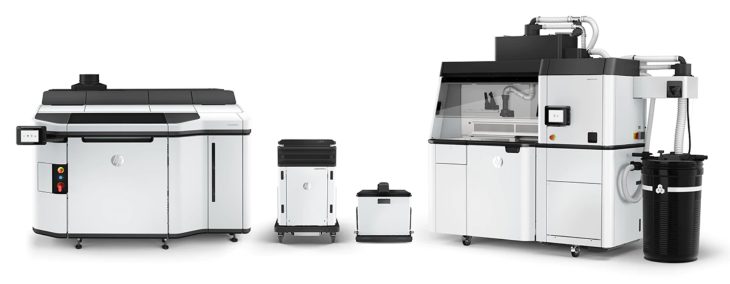In the realm of 3D printing, HP’s Multi Jet Fusion (MJF) stands out as a remarkable innovation, revolutionizing how we approach manufacturing and prototyping. This article delves into the intricacies of MJF, exploring how it differs from traditional methods and its impact on the future of production.
What is HP Multi Jet Fusion?
HP Multi Jet Fusion is a cutting-edge 3D printing process that falls under the category of powder bed fusion technologies. Unlike Selective Laser Sintering (SLS), which uses a laser as a heat source, MJF employs HP’s proprietary inkjet technology to fuse layers of powder. This method involves selectively applying fusing and detailing agents, which are then activated by infrared heat lamps to build the object layer by layer.
The Process of Multi-Jet Fusion
The MJF process starts with a thin layer of powder spread across the build platform. The inkjet array then applies the fusing and detailing agents, which define the part’s geometry and properties. Infrared heat lamps pass over the surface, causing the areas with fusing agents to melt and bond, forming a solid layer. This process is repeated, layer by layer, until the entire part is printed.
One of the unique aspects of MJF is that the powder from each previous layer acts as support, eliminating the need for additional support structures. This feature allows for the creation of complex parts with intricate lattice structures, overhangs, and undercuts without the constraints often faced in traditional manufacturing.
Post-Processing and Finishing
After printing, the parts undergo a cooling process in a processing station. The majority of the loose powder is removed using an integrated vacuum, and the parts are then bead-blasted to eliminate any residual powder. Post-processing techniques such as surface smoothing, DeepDye Coloring, engineered coatings, or heat-set inserts can be applied to enhance the visual appearance and performance of the MJF parts.
Advantages of Multi Jet Fusion
MJF offers several advantages over traditional manufacturing methods:
Speed: MJF can be up to ten times faster than Selective Laser Sintering, making it highly efficient for production-level manufacturing.
Complexity without Compromise: The ability to print complex geometries without additional support structures opens up new possibilities in design and manufacturing.
High-Quality Results: MJF parts are known for their outstanding resolution, surface finish, and edge definition, making them suitable for both functional prototypes and end-use parts.
Resilience: The parts produced are durable and suitable for various applications, from industrial components to consumer products.
The Future of Manufacturing with MJF
HP Multi Jet Fusion represents a significant leap forward in 3D printing technology. Its speed, efficiency, and quality make it a viable option for both prototyping and full-scale production. As this technology continues to evolve, it is poised to play a crucial role in the future of manufacturing, offering a more flexible, cost-effective, and innovative approach to producing high-quality parts and products.
HP Multi Jet Fusion is not just a new method of 3D printing; it’s a transformative technology that redefines the boundaries of manufacturing, prototyping, and design. Its impact on various industries is expected to grow as it continues to advance, making it an exciting area to watch in the coming years.

